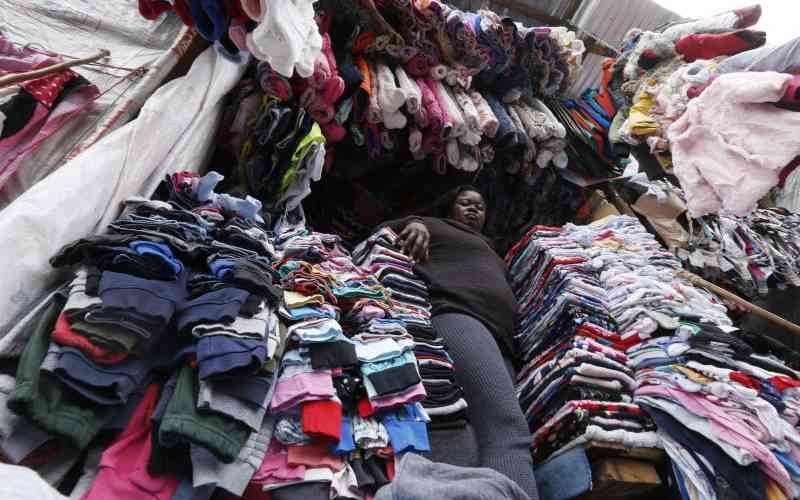×
The Standard e-Paper
Home To Bold Columnists

A walk through any market or small enterprise centre in Nairobi reveals the number of people who earn a livelihood through the sale of clothing and other fashion accessories whether new or gently used.
Hundreds of shirts and dresses hang from rails, trousers are folded on wooden tables and thousands of other clothing items are jumbled on cotton sheets on the ground.